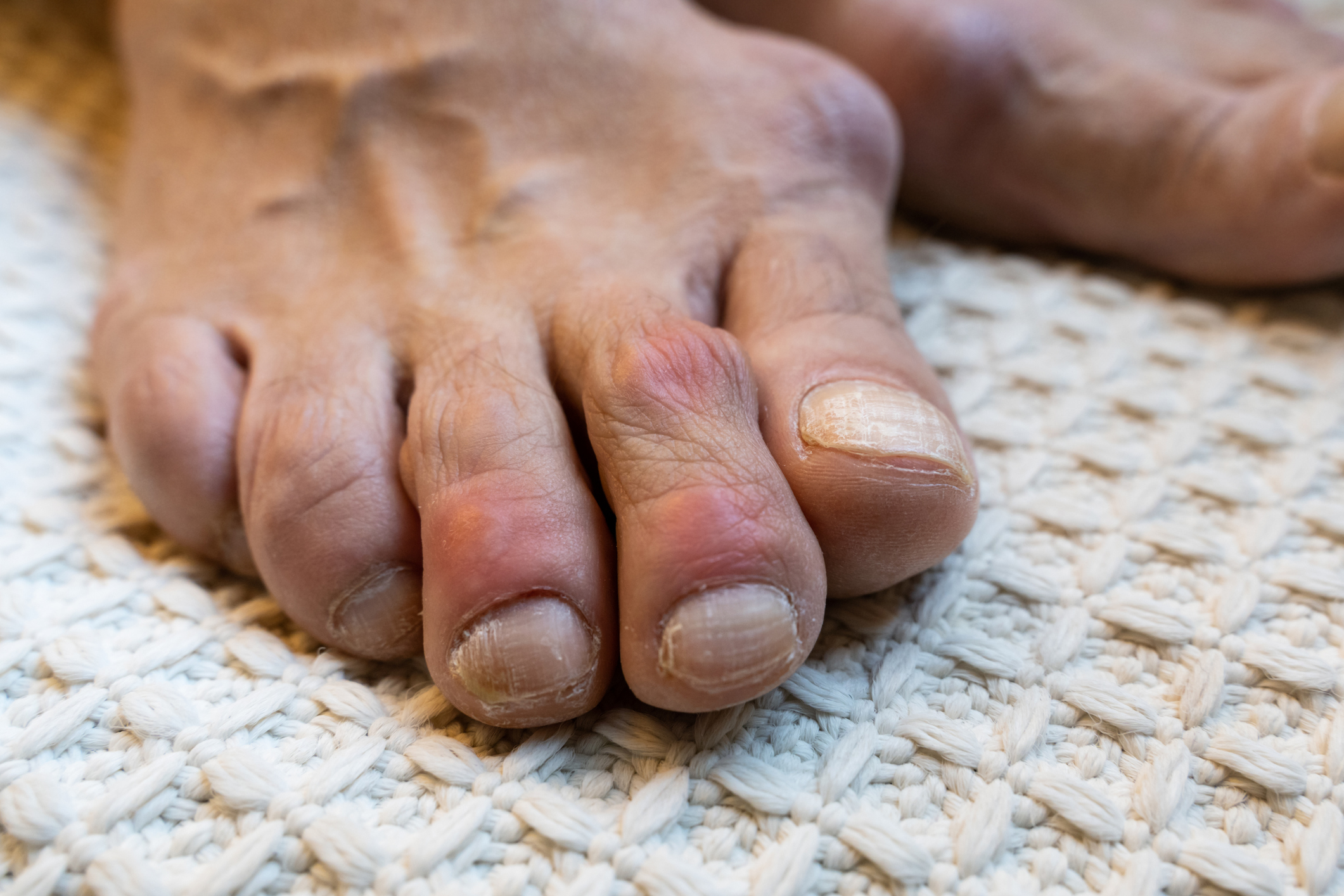
What is the most common gout?
Gout, as a condition, typically presents in a similar manner regardless of the affected joint. However, the most common joint affected by gout is the base of the big toe, a condition known as podagra. Podagra accounts for approximately 50% of initial gout attacks. Gout attacks often occur suddenly, with intense pain, swelling, redness, and tenderness in the affected joint. While podagra is the most common presentation, gout can also affect other joints such as the ankles, knees, elbows, wrists, and fingers. The joint inflammation and pain associated with gout are caused by the buildup of uric acid crystals in the joint, leading to an inflammatory response by the body’s immune system.
What is the most common trigger for gout?
The most common trigger for gout attacks is an elevated level of uric acid in the blood, a condition known as hyperuricemia. Uric acid is a waste product that is normally excreted from the body through urine. However, in individuals with hyperuricemia, uric acid levels become elevated, leading to the formation of uric acid crystals in the joints and surrounding tissues. These uric acid crystals can trigger sudden and severe gout attacks characterized by intense joint pain, swelling, redness, and tenderness.
Several factors can contribute to the development of hyperuricemia and trigger gout attacks, including:
- Dietary Factors: Consumption of foods high in purines, such as red meat, organ meats (liver, kidneys), seafood (sardines, anchovies, shellfish), and certain types of alcohol (especially beer and spirits), can increase uric acid levels in the blood and trigger gout attacks.
- Obesity: Being overweight or obese is associated with an increased risk of hyperuricemia and gout. Excess body weight can lead to insulin resistance, decreased uric acid excretion by the kidneys, and higher levels of uric acid in the blood.
- Alcohol Consumption: Excessive alcohol consumption, particularly of beer and spirits, is a common trigger for gout attacks. Alcohol can increase uric acid production, impair uric acid excretion by the kidneys, and promote dehydration, all of which contribute to the development of hyperuricemia and gout.
- Dehydration: Inadequate fluid intake and dehydration can increase the concentration of uric acid in the blood and urine, leading to the formation of uric acid crystals in the joints and triggering gout attacks.
- Medications: Some medications may increase uric acid levels in the blood or impair uric acid excretion by the kidneys, thereby increasing the risk of hyperuricemia and gout attacks. These medications include diuretics (water pills), aspirin, niacin, cyclosporine, and certain antirejection medications used after organ transplantation.
- Stress: Emotional or physical stress can trigger gout attacks in some individuals. Stressful events such as illness, surgery, injury, or emotional trauma may lead to an increased risk of gout attacks.
By identifying and avoiding common triggers for gout attacks, individuals with gout can help reduce the frequency and severity of gout attacks and better manage their condition. Additionally, adopting lifestyle modifications such as following a balanced diet, maintaining a healthy weight, staying hydrated, limiting alcohol consumption, and managing stress can help lower uric acid levels and prevent gout attacks. If you have gout or are at risk of developing gout, consult with a healthcare professional for personalized recommendations and guidance on managing your condition.
See More on Video

The End Of GOUT Program™ By Shelly Manning The program, End of Gout, provides a diet set up to handle your gout. It is a therapy regimen for gout sufferers. It incorporates the most efficient techniques and approaches to be implemented in your daily life to heal and control gout through the source.